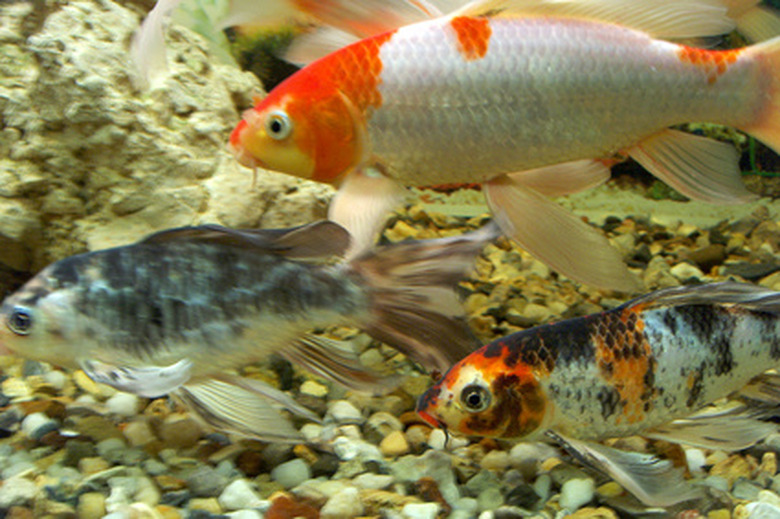Do Fish Have Sexes? Here's How You Tell If A Fish Is Male Or Female
Do fish have genders? This is a common question, and the short answer is yes. Most aquarium fish, such as goldfish, koi, and betta fish, are either male or female. Knowing fish gender isn't important unless you are considering breeding fish, which can be challenging.
To determine whether a fish is male or female, you must wait until the fish matures and then observe body characteristics and behavior. It's extremely difficult to determine gender before that stage. Some species, such as betta fish and angelfish, have visible color differences between males and females.
Determining fish gender
Determining fish gender
Because sex organs are not necessary for survival, they develop last in individual fish. Without a complex DNA test, you'll have to wait until the fish is an adult, often one year. If the species is sexually dimorphic, you'll be able to observe any external gender characteristics. For instance, looking at the fin on the underside of the fish is one common way to determine fish gender, but all species are slightly different.
The fin underneath the fish slightly behind the belly, often called the anal fin, is the area where most fish species have reproductive parts. Usually, the anal fins on males are longer or larger than those on a female fish. Guppies, goldfish, and koi are examples of species where this technique is useful to distinguish males from females. However, sexually isomorphic fish, such as some cichlids, have visible signs of gender only at the point of spawning, so they are harder to sex.
Characteristics of female fish
Characteristics of female fish
In many fish species, females are usually wider than males, though they are not always longer. This is especially true for species such as goldfish and koi during the mating season. At this time, females are full of eggs and will be visibly bigger than males. Most fish species breed by having the female release eggs, and the male swim over them and fertilize them.
Often, the only way to determine fish gender is to observe behavior during mating season. Female fish are slower and less mobile, while the males will usually be more active, even aggressively bumping the female to encourage the release of eggs. Goldfish and koi are examples of species that will exhibit this behavior.
Characteristics of male fish
Characteristics of male fish
In some fish species, the males are obvious based on characteristics that can be seen without close examination. For example, if the fish has a large bump called a nuchal hump on the forehead, it is a male. Male oscars and angelfish have nuchal humps. Also, male fish commonly have larger dorsal fins — the fin on the top of the fish — than females. In other species, such as in betta fish, the males have more visibly ornate and colorful fins than their muted-colored female counterparts.
During mating season, the males of some fish species, including goldfish, will develop white bumps near the fins, gills, and head. These bumps presumably attract female attention and disappear after mating season. Similarly, male pleco fish (a type of sucker) will grow long whiskers around their mouth and pectoral fin during mating season.
There are some hermaphrodite fish
There are some hermaphrodite fish
Almost all species of fish are born either male or female. There are some rare species that are unisex. Most aquarium fish species have genders, but the clownfish is unique. The clownfish (best known as Nemo from the Disney movie) can switch genders.
A group of clown fish will contain one large male, one large female, and many smaller males. If the female leaves the group, the large male will switch into a female, and another male takes its place as the largest male and will mate.
